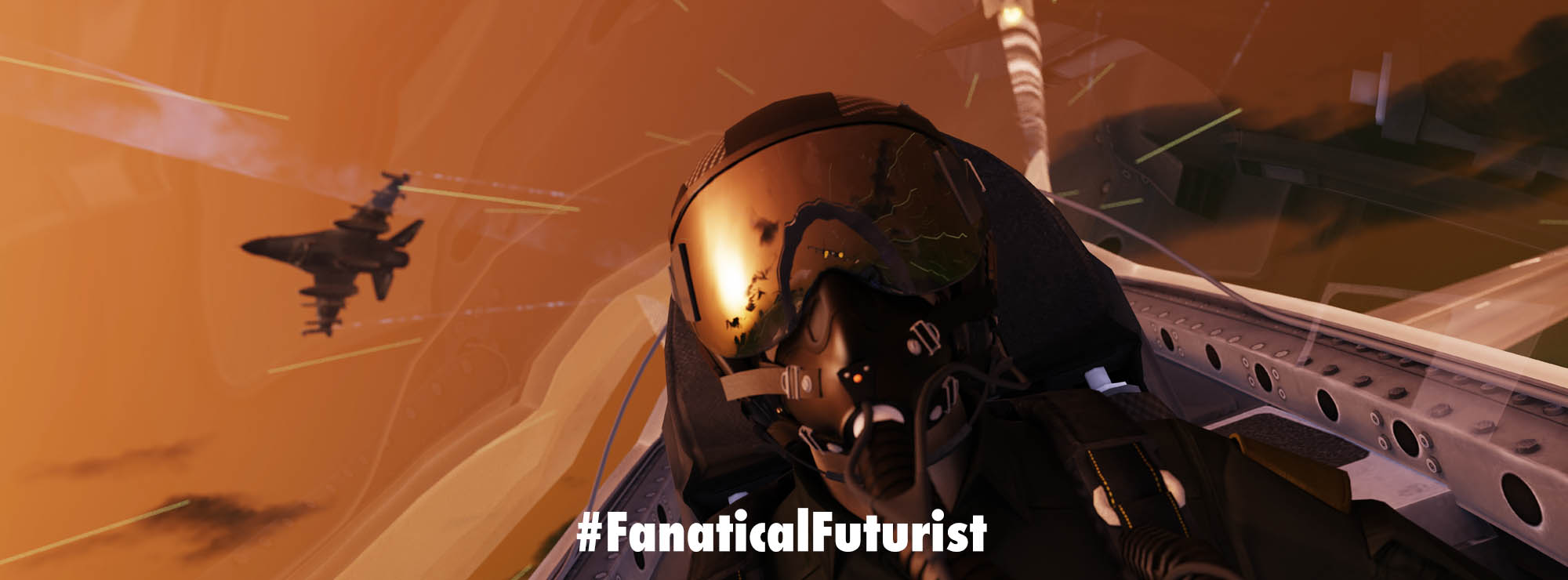
WHY THIS MATTERS IN BRIEF
The balance of future wars, it can be argued, will be won or lost on the quality of the AI’s that “run” future war machines … but first they have to play nice and team up.
 Love the Exponential Future? Join our XPotential Community, future proof yourself with courses from XPotential University, read about exponential tech and trends, connect, watch a keynote, or browse my blog.
Love the Exponential Future? Join our XPotential Community, future proof yourself with courses from XPotential University, read about exponential tech and trends, connect, watch a keynote, or browse my blog.
In the past fighter pilots flew their own jets, and now Artificial Intelligence (AI) is both increasingly becoming their co-pilots, competition, and wing men as its capabilities and skills improve and it moves out of military labs and into the skies.
Now, in another advance BAE Systems has carried out its most realistic combat exercise to date using crewed and autonomous aircraft operating as teams. The demonstration at an undisclosed US Department of Defense flight test range saw fighter aircraft and drones equipped with BAE’s advanced Manned Unmanned Teaming (MUM-T) technology successfully collaborate in an “operationally representative environment.”
Military drones are old news these days, even autonomous MQ-9 Reapers like the ones that fly out of Jacksonville in Florida. They’ve gone from being curiosities to a necessary part of the inventory of an increasing number of fighting forces. However, as the technology progresses, and as some countries like China begin work on creating swarms of hypersonic drones, these robotic aircraft are not only becoming more capable, they are moving ever closer to being decision-making combat team members that work alongside crewed aircraft.
For the recent test, multiple Unmanned Air Vehicles (UAVs) used MUM-T to not only work as a group and with crewed aircraft in a combat mission exercise, but also to share data with one another. This allowed the drones to use AI to solve problems, carry out the tactics needed to complete the mission, and counter hostile actions.

Courtesy: BAE
During the exercise, the human pilot monitored the mission and interacted with the drones using BAE’s Human Machine Interface (HMI).
The MUM-T is designed to be open and flexible. It uses algorithms for decentralized autonomous decision-making, allowing it to adapt to new mission objectives and technology as well as be accessible to third-party developers.
According to BAE, the team of drones worked together to “develop and execute autonomously the necessary tactics to complete the mission.” The pilot in the fighter jet used a human-machine interface to monitor the mission of the drones. During the test, the pilot had the capability to interact with the drones as desired.
BAE says the next phase of testing will involve expanding the capabilities of the MUM–T and installing it in more kinds of crewed and robotic aircraft.
In addition to improving combat capabilities while reducing risks to military personnel, the technology also has civilian applications in firefighting, search and rescue operations, hazmat incidents, and law enforcement.
“The development of autonomous technology is crucial to protect our war-fighters against emerging threats,” said Ehtisham Siddiqui, vice president and general manager of Controls and Avionics Solutions at BAE Systems. “This flight test demonstrates our team’s commitment to accelerate the deployment of reliable and innovative manned-unmanned teaming solutions for mission success.”
Source: BAE Systems